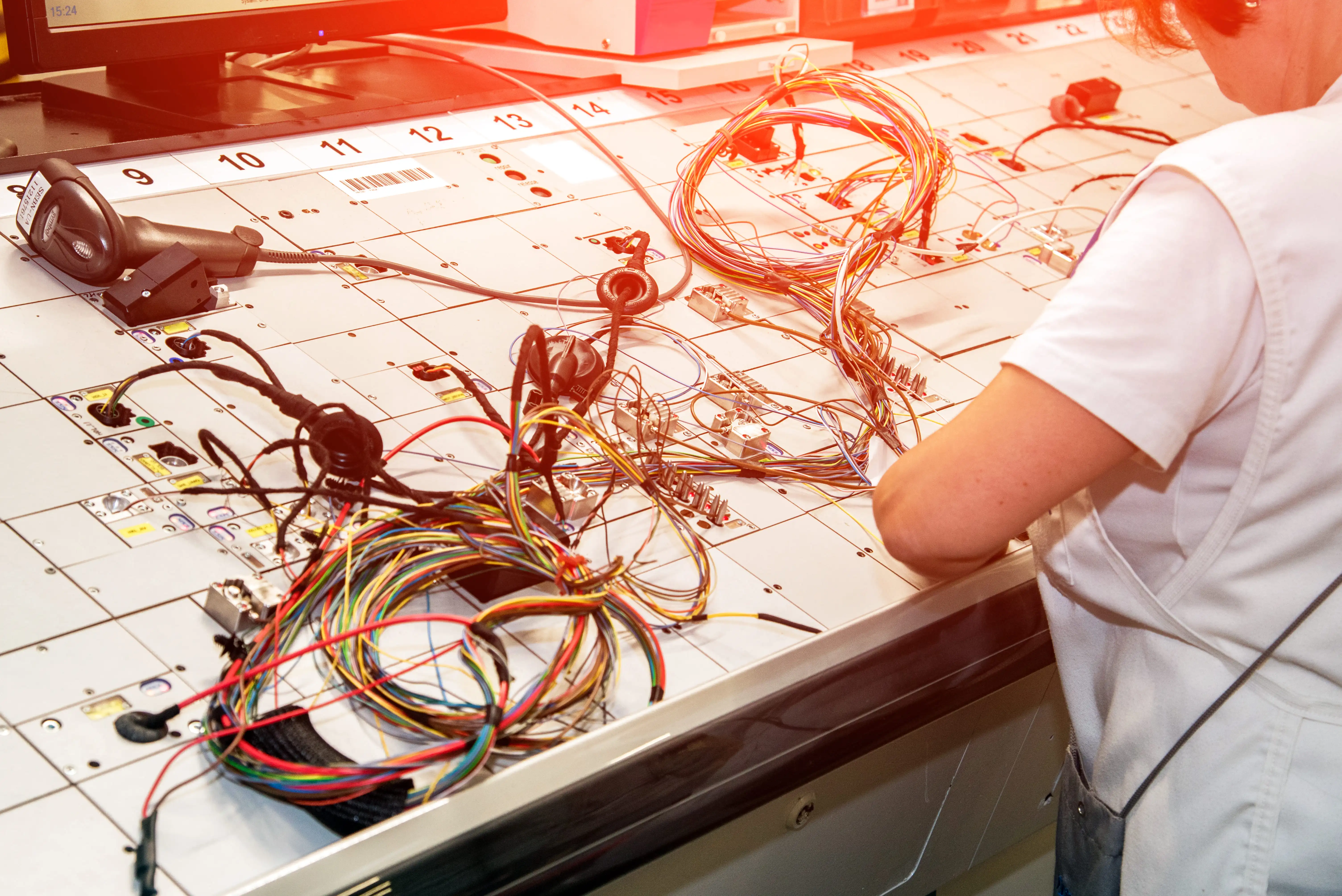12 volt wire connectors – find the right connector
The main purpose of 12 volt wire connectors is to create a connection between electrical wires while simultaneously preventing those wires from contacting anything else. You need a secure wire connection for all of your electrical needs, especially in the automotive sector where a lot depends on safety. In this text we habve collected the most important information regarding 12 volt wire connectors.

Connect wires with 12 volt wire connectors
There are several steps you need to follow when joining two 12 volt wires. The fastest and most secure way will be soldering. For that, you will need your two wires, some solder and a soldering iron. Make sure your soldering iron is preheated before you start the process. Additionally, to this, you will need some shrinking tube to cover the connection.
- Remove about 3 cm of the wire isolation.
- Tin the single wire ends by twisting them.
- Now hook both ends together, so they’re intertwined, and then twist the loose ends backwards around themselves.
- Now use your preheated soldering iron and put it on the connection.
- You can almost immediately start to put soldering wire on the connection.
- Once this is done, you can put a heat shrinking tube around it and shrink it until it fits.
Additionally, to this, you can use a soldering sleeve instead of solder wire and soldering iron. Once your 12 volt wire connectors are in place, you can test the stability.
Types of 12 volt wire connectors
We will now focus on the different ways of how your 12 volt wires can be connected to either other wires or various other in or outputs. The kinds of 12 volt wire connectors below are the most common ones.
Butt Connectors
Butt connectors are 12 volt wire connectors used to join two wires together end-to-end. They have a tubular shape with a metal crimp in the middle that secures the wires in place. These connectors are often used for permanent connections and provide a secure and reliable electrical connection.
Ring Terminals
Ring terminals have a ring-shaped metal terminal attached to a plastic or vinyl insulator. They are used to connect wires to a screw or stud terminal. The ring terminal is placed over the screw or stud and then tightened to create a secure connection. Ring terminals are commonly used in automotive and marine applications.
Spade Terminals
Spade terminals, also known as spade connectors or fork terminals, have a flat, spade-shaped metal terminal. These 12 volt wire connectors are designed to slide onto a corresponding terminal or connector, such as a push-on tab or a terminal block. Spade terminals are often used for quick and easy connections in automotive wiring and electrical equipment.
Bullet Connectors
Bullet connectors are cylindrical connectors with a male and female end. They feature a metal pin (male) and a socket (female) that fit together to create a secure connection. Bullet connectors are commonly used in automotive wiring, especially for connections that may need to be disconnected or reconnected frequently.
Quick Disconnect Terminals
Quick disconnect terminals are connectors that allow for easy and quick connection and disconnection of wires. They typically feature a male and female terminal that snap or lock together. Quick disconnect terminals are often used in applications where wires need to be easily removable, such as in automotive audio systems or electronic devices.
Board-to-Board
Board-to-board connectors are a type of connector used to join PCBs without a cable. They offer the advantage of saving space, making them a great option for systems with limited space.
Wire/Cable-to-Wire/Cable Connectors
Wire-to-wire connectors on the other hand simply connect to wires. Permanently connected to the wire is one of the ends of the connector. This permanent connection can be created either through way of crimping or something called insulation displacement contact or short IDC.
Wire/Cable-to-Board Connectors
In a wire to board connection, a wire or cable is directly connected to a PCB or “printed circuit board”. This connection function is similar to the wire-to-wire connection because the board connections are usually pressed in or soldered to its connectors.
Is it better to solder or crimp in 12 volt wire connectors?
Generally, crimped connections are more flexible, heat and vibration resistant than their soldered counterparts. These connections are generally created using a crimp tool. Soldered connections are more prone to wire fatigue or stiffening. Crimping is also considered to be more foolproof than soldiering, the quality of which can vary according to the method used by the individual technician. In addition to this, our website has many different connectorheads that you can splice in on your 12 volt wires to connect them with one another or different in/outputs.
Is there a difference between automotive and regular wire?
You might now be asking yourself if you need special automotive wire. The answer is yes because automotive wire it’s generally thicker and can therefore have more electricity put through it. It is usually insulated by more durable material, such as PVC plastic. This is so the wire can withstand the high temperatures and vibration that are common for automotive applications. Standard wire is therefore not suitable if you’re planning on wiring most things in your vehicle.
You want to discuss this topic with us or share any questions with us? Come to our Facebook-Community!



